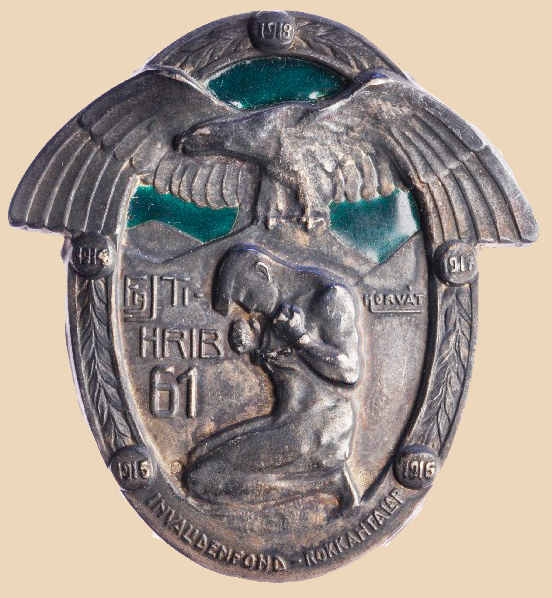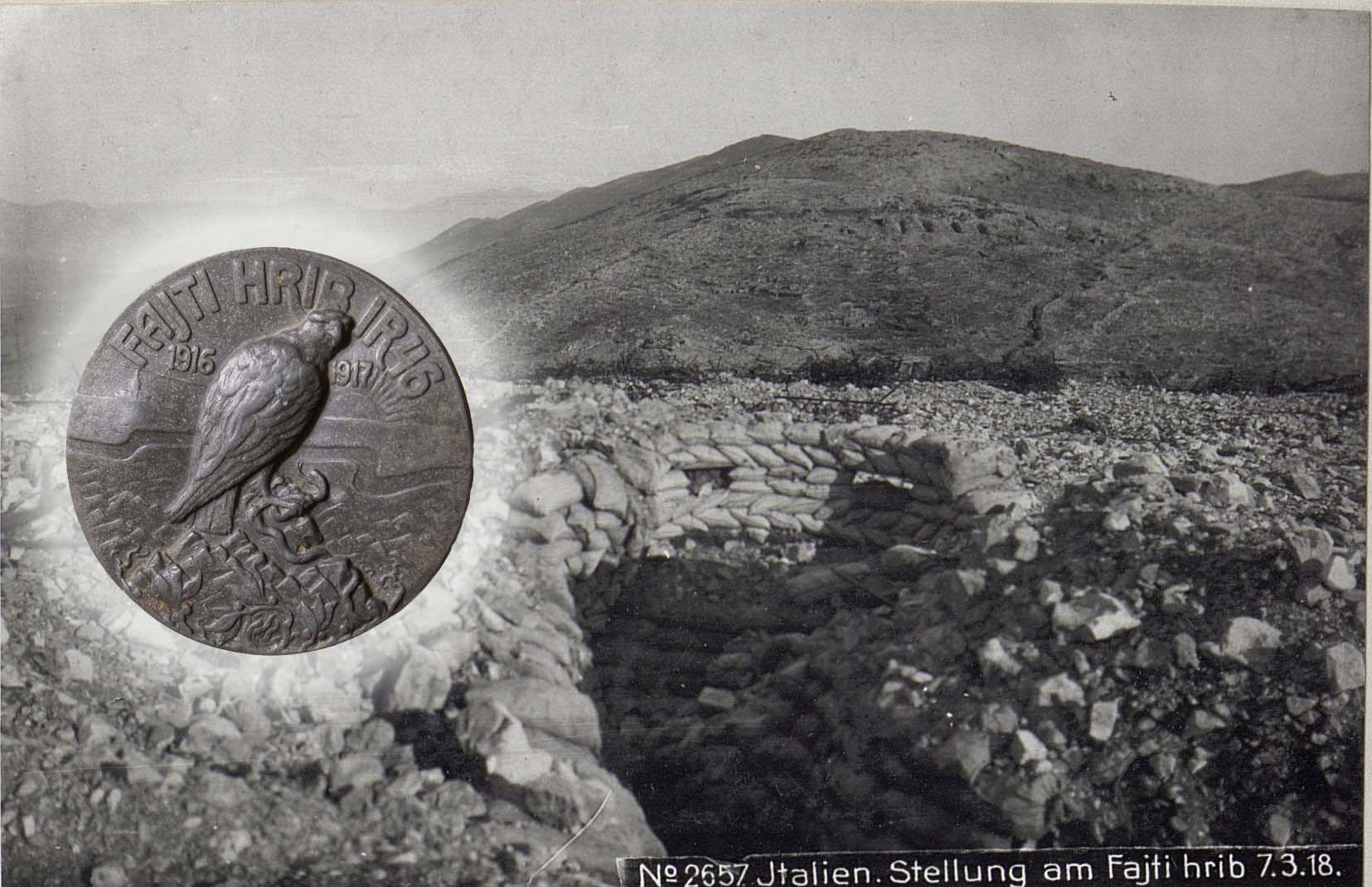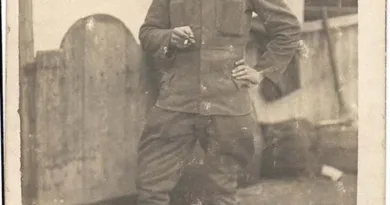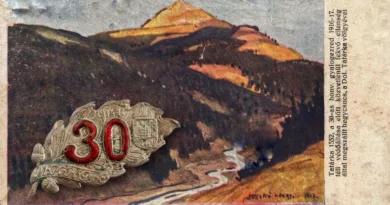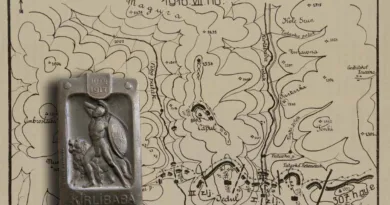Fajti Hrib
In the 6th Battle of Isonzo, the Italian attack pushed the defenses of the Monarchy back 20 kilometers. From the western edge of the Karst Plateau, one had to retreat to the centerline of the plateau, where defenses were stabilized in steeply built positions. One of the frequented points on the front was the double cone of the Fajti Hrib elevation to the north. The western elevation was in Italian hands, the east under the control of the Monarchy. From August 1916 to October 1917, the front stretched here. Meanwhile, Italian forces have launched failed offensives five times against the positions of the Monarchy.
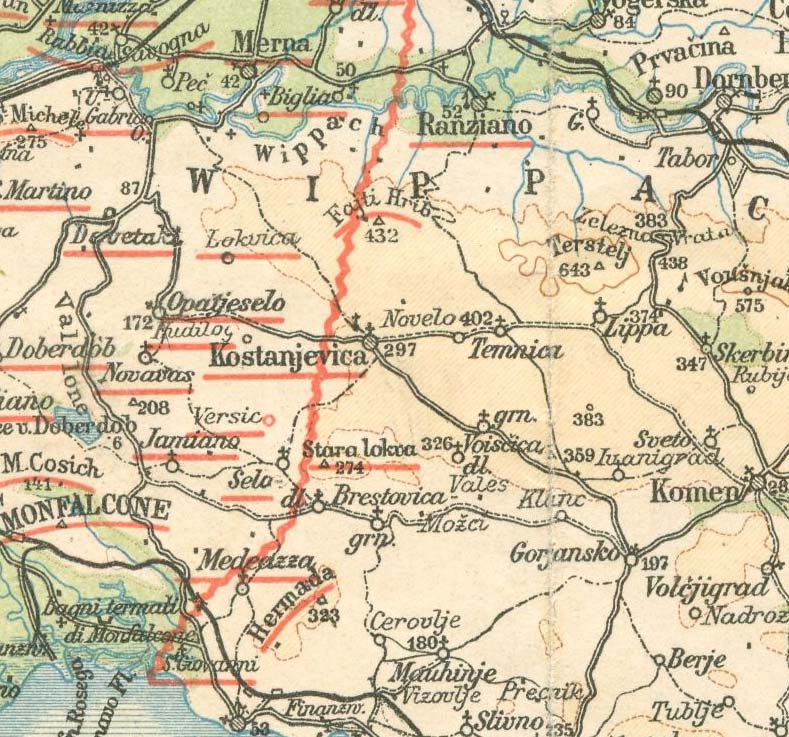
There was no silence on the front even during the breaks of the offensives. The Italian superiority in artillery equipment was mainly manifested in the fact that the front section was constantly under fire. The defense troops (Division 17 of the 7th Corps almost throughout) suffered bloody casualties here from continuous artillery fire even on non-battle days. The ordeal was compounded by the fact that, due to the conditions of the area, they could only build rudimentary positions that were constantly destroyed in the artillery fire. Only shallow trenches were deepened in the stony landscape. Another serious problem was water scarcity. The soldiers suffered a great deal here.

The pictures presented clearly show the already barren landscape, which has become completely lifeless in the artillery fire. The soldiers were, at best, only covered in chest height in the trenches. It was not possible to stand without risking shot in the head from Italian snipers. The watersheds and natural caves and caverns of the surface could be used for relaxation and protection from enemy fire. These depressions could be occupied in the dead space while the side farther from the front line was constantly beaten by enemy fire.

The badge associated with the front section is of the 46th Infantry Regiment. They were part of the said 17th Division. The badge depicts an eagle guarding the heights of the Fajti. In the background, the Wippach stream meanders at the foot of the plateau. Further afield you can see the towers of the town of Görz. The other insignia is the 61st Infantry Regiment of the same division. At the center of this is a figure tearing its chains apart, also kneeling between the hills of the Karst.
